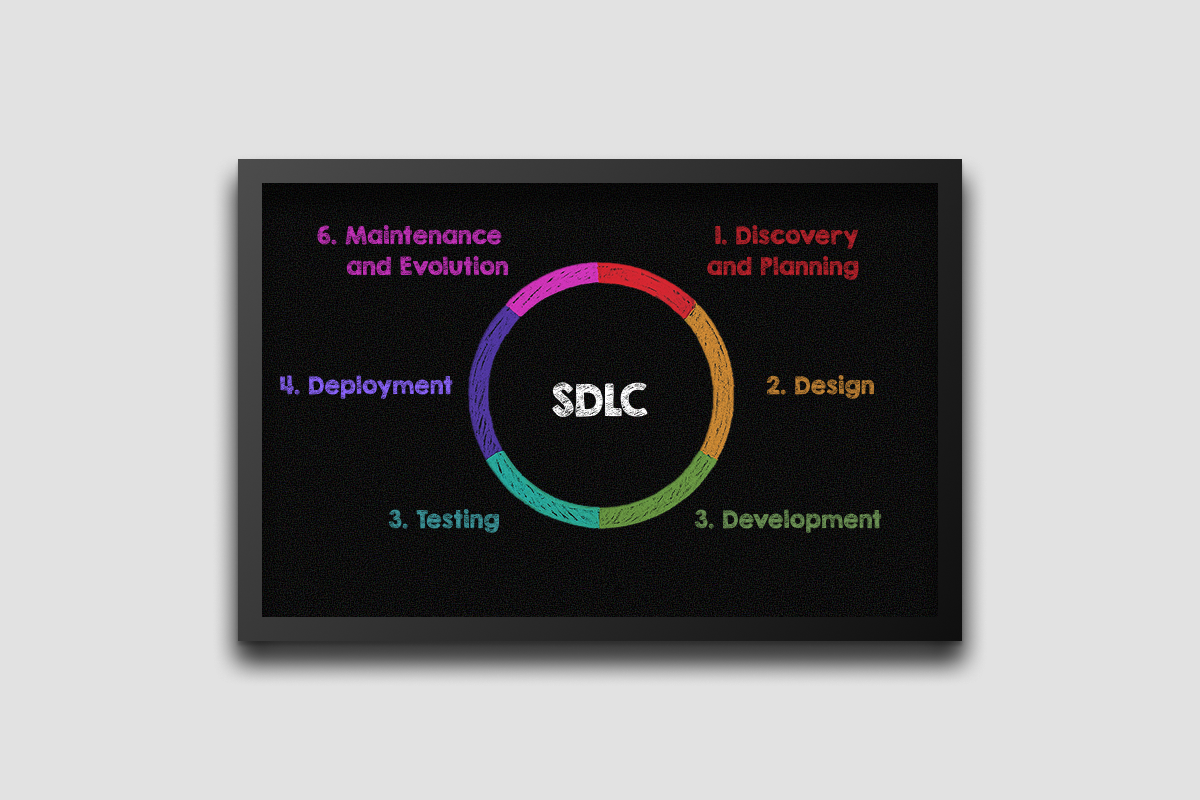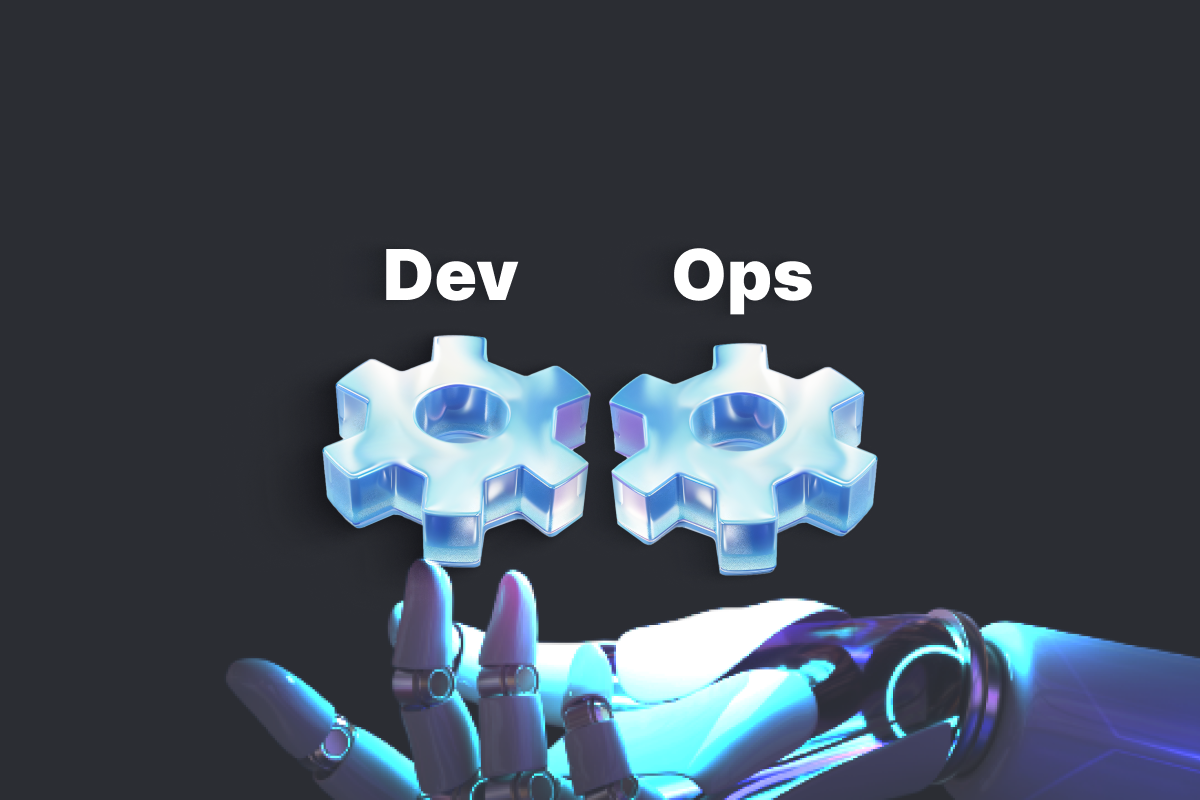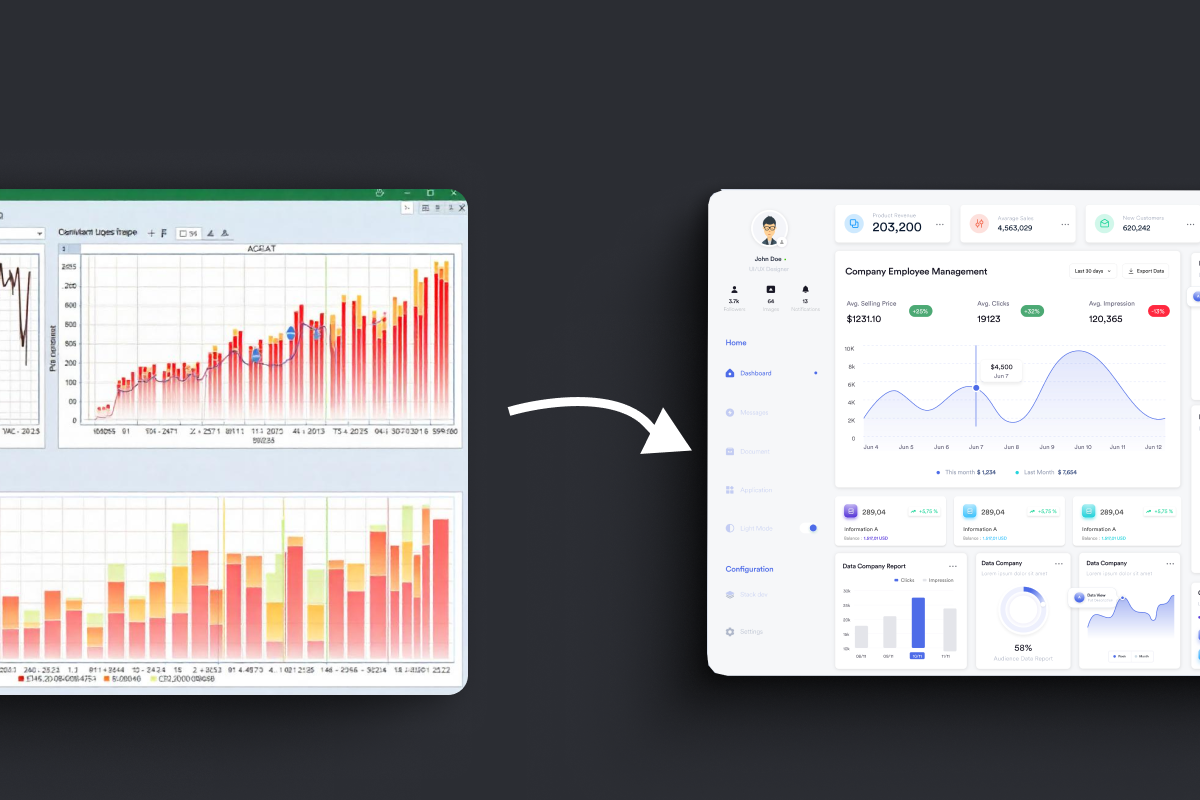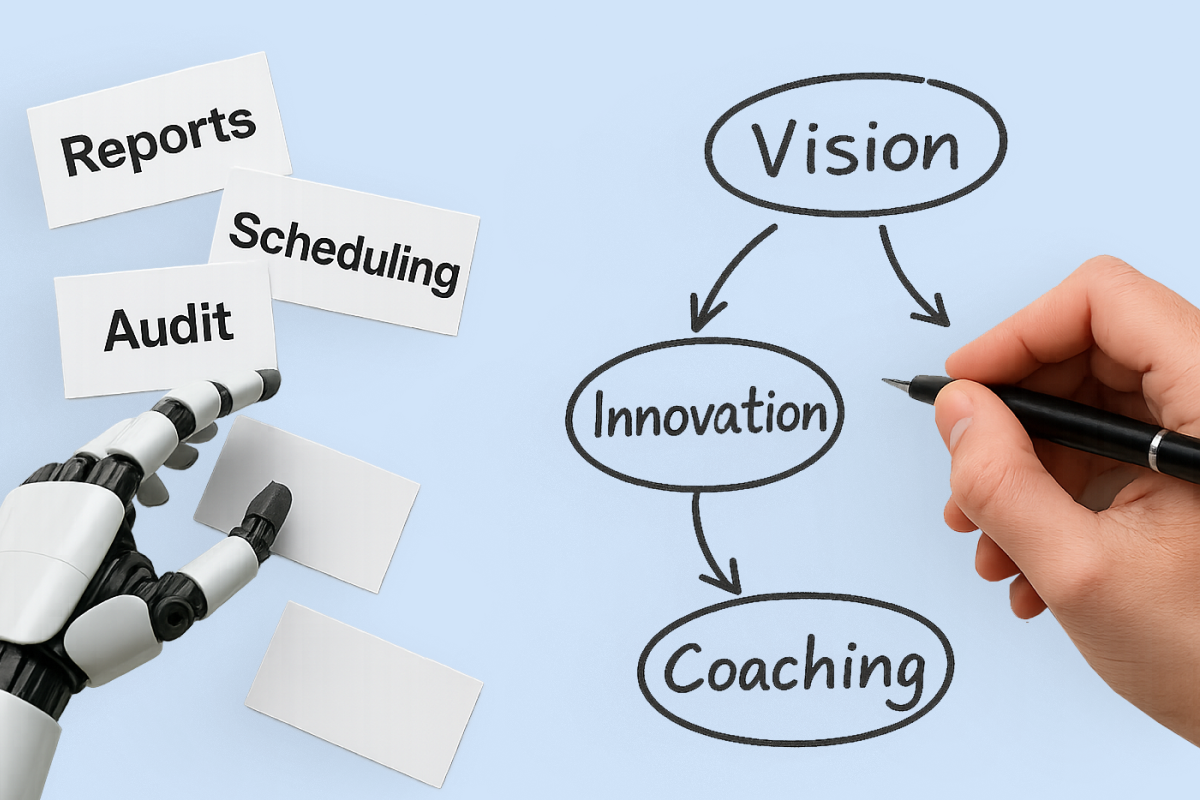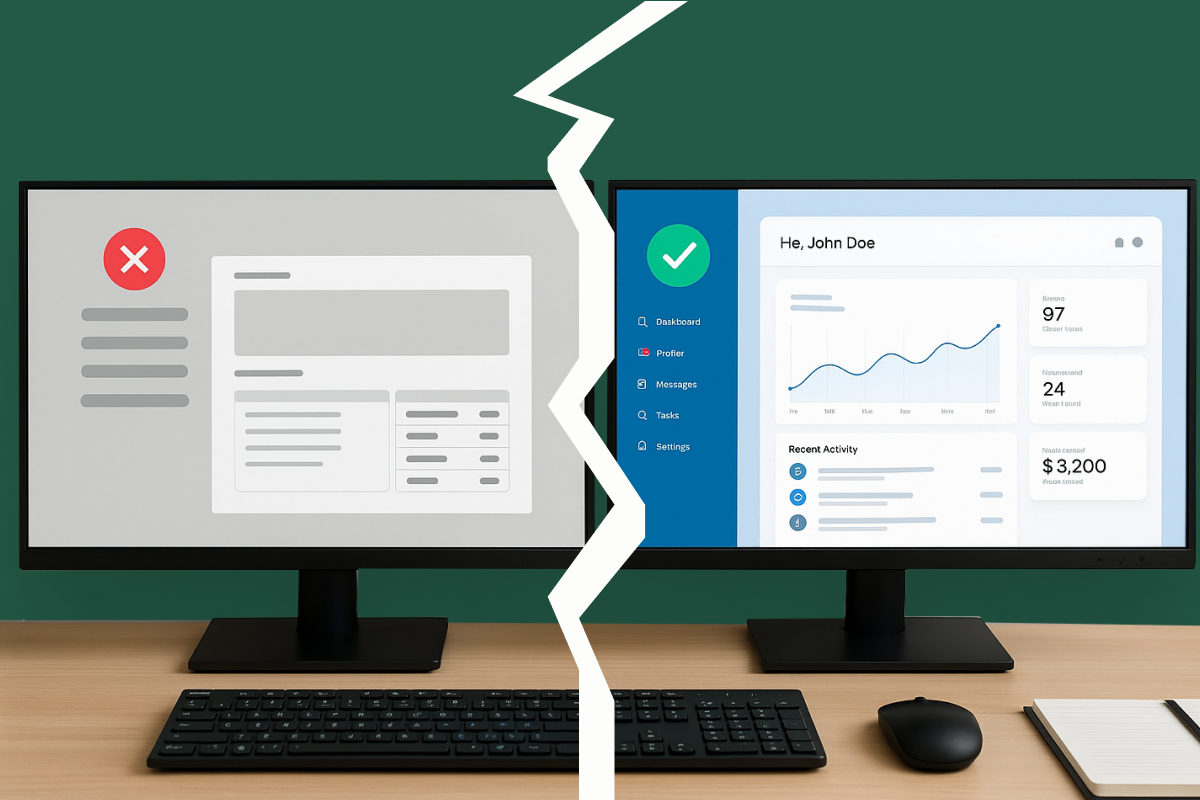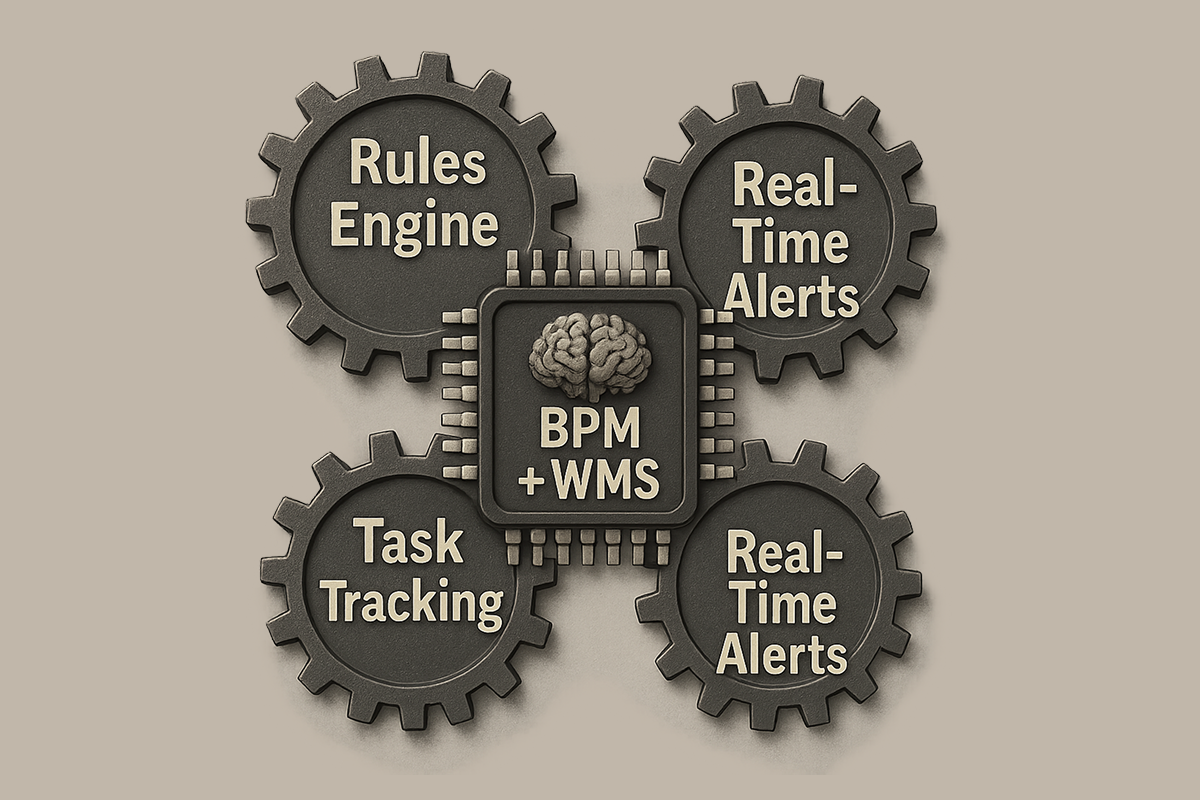If your IT department is not firing on all cylinders, you risk losing everything from market share to your best talent. According to research by McKinsey, organizations with high-performing tech teams are up to 50% more likely to capture new market opportunities before their competitors. That means every day you delay in optimizing your team structure could be a day your biggest rival surges ahead. The stakes are high — especially when your customers demand faster features, higher reliability, and cutting-edge experiences. So how do you build, nurture, and sustain a high-performing IT engine that delivers results?
Start with the Right People
First, recognize that successful teams start with the right people in the right roles. The moment you bring on a great Staff Engineer — someone who can not only code but also mentor, drive architectural decisions, and solve large-scale problems — you immediately ncrease your organization’s technical capacity.
In many cases, a single Staff Engineer can amplify the productivity of an entire squad by 20% or more, simply by removing bottlenecks and designing more resilient systems. When you’re also hiring Staff Engineers on the frontend, you multiply that potential across the entire stack. The return on this investment appears quickly: streamlined code reviews, reduced bugs, lower onboarding friction for new hires, and an overall surge in feature delivery.
Build the Right Environment
Yet hiring talented individuals alone won’t magically transform your department into a thriving engine. Many organizations stall after recruiting top-tier engineers because they neglect the day-to-day environment in which these individuals operate. For every minute an engineer spends in redundant meetings, you lose a minute of development time. For every cycle wasted on ambiguous objectives, you risk missing critical release windows.
Studies from the DevOps Research and Assessment (DORA) group show that elite engineering teams can deploy code 973 times more frequently and recover 2,604 times faster from incidents than low performers. Achieving — and maintaining — these metrics demands an environment in which engineers have both autonomy and clear guidance, a delicate balance that can make or break your business.
So how do you, as an Engineering Manager or business leader, create that environment? The best first step is to communicate a strategic vision that ties projects directly to business outcomes. Top engineers want to understand how their daily work propels the company forward. Be explicit about how a new feature will unlock a 15% annual revenue growth or secure broader partnerships.
Then, insist on rigorous prioritization. Too often, urgent but marginal tasks bog down your best talent. Building a high-performance engine means filtering out noise so your developers can focus on the next major release and not get stuck in a swirl of unproductive requests.
Empower Technical Leadership
Technical excellence also thrives on established processes and strong cultural norms. One or two brief stand-ups per week can help identify blockers without drowning the team in bureaucracy. Lightweight code reviews help maintain consistent quality without impeding velocity. Meanwhile, a healthy error budget policy — where the team collectively decides how many incidents are tolerable and how quickly they must be fixed — keeps everyone vigilant about reliability.
Although these details may sound technical, they directly impact mission-critical goals: any unplanned downtime or severe bug can translate into lost revenue, churned customers, and damage to your brand’s reputation.
Finally, remember that staff and senior engineers bring invaluable leadership, but none of that pays off if you give them zero room to lead. One practical approach is to encourage them to research new frameworks or dev tools, possibly dedicating one “innovation day” each month. Some solutions they discover will cut development time by as much as 30%, or drastically reduce operational costs.
Another approach is to empower them as mentors for mid-level and junior engineers, which can accelerate the overall team’s performance. If you block these staff-level leaders with rigid rules or bury them in “status update” meetings, you’re essentially lighting money on fire — because you squander the very expertise you invested in.
Move Now, Not Later
Above all, do not wait until you see signs of trouble — like slumping release schedules or rising attrition rates — before making changes. In many startups, the runway is short, and investor expectations are high. In larger enterprises, a single quarter of missed targets can lead to budget cuts that gut your technical roadmap. The harsh reality is that if you don’t set your team up for high performance now, you may not get a second chance. The time to act is today.
Your IT department possesses enormous potential to drive innovation, efficiency, and profit. By carefully selecting and empowering staff-level talent, minimizing unnecessary processes, and focusing on measurable business impact, you can create a high-performing technology engine that doesn’t just keep pace with industry leaders — it outpaces them.
When properly enabled, a single staff engineer can tip the scale on critical projects. Multiply that effect across multiple senior and staff engineers, and you’ll see a transformative force capable of shaping your company’s future.
What’s the cost of not moving forward with urgency? Simply put: your competitors will charge ahead, and your customers will notice.
Don’t let that be your story. Start building the team you need for tomorrow — today.







